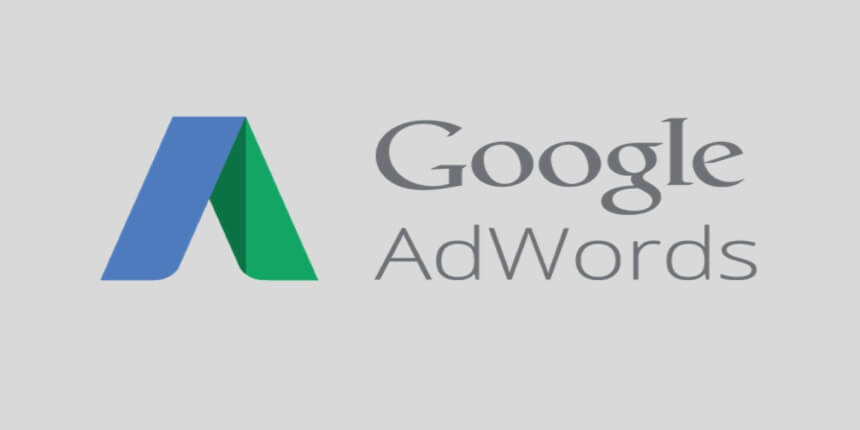Google’s announcement of a bevvy of changes to the AdWords and Analytics platforms at their Performance Summit last month felt like a list of long-awaited answers to questions that search marketers have been asking for years. When are they finally going to monetise the maps channel? When are we going to be able to modify tablet bids again? When is search going to get some of the extremely valuable audience targeting capabilities that display channels have enjoyed for so long? When will we get meaningful support to connect online to offline behaviour for brick-and-mortar locations? The answer to all of these questions, evidently, is now (or at least very soon), and it has the potential to be very, very impactful for those of us who spend our lives creating and executing paid search programs. While there was a huge list of important platform updates, the common theme running through the announcement was the enhanced ability to leverage the context of a user’s search for marketing purposes, allowing marketers to get beyond the keyword and really speak to the intent of a search.
Local+Mobile= Big Opportunity
Let’s start where the announcements did – focused on the critical dimensions of mobile and local for search. On the heels of bundling ads in the maps channel with core search (and away from search partners) just a couple of weeks ago, Google has announced a new local search ads product that offers a branded pin with additional promotional content and a Promoted Pins product that allows brands to show their logo on the map with a line of promotional text outside the context of a specific search term. This means that brands with bricks and mortar locations can display a branded, promotional experience when Google Maps users are looking for their brand specifically, the products and services they offer, and even when they’re navigating to an unrelated destination.
These things represent a pretty massive shift in Google’s willingness to open up the valuable real estate in this channel to marketers. These ad formats will be tied in directly with the local listing data in the Google My Business accounts, so having an actively managed data set now becomes even more important for location-based brands who want to maximise the local search space. Google is now saying that roughly a third of mobile searches have some form of local intent and that local searches on mobile are growing at a pace that is roughly 50% faster than mobile search overall. They clearly realise that allowing marketers to leverage location-based inventory like the maps will be critical to their success moving forward.
To aid in the measurement of these new local formats, Google also announced that they will be rolling their Store Visits feature out of beta to general release. This is a feature that uses mobile phone location technology to measure whether someone who searched for a location actually showed up. That means that Google’s vision is for brands to be able to promote their physical locations through search and Google Maps with a mechanism to determine whether or not local searchers actually made it into the store. This is a huge step for marketers who have been trying for years to bridge the gap between clicks and bricks. It’s not hard to envision a future where mobile payments, signed-in environments, and CRM data connect the dots all the way from local search to purchase, revenue, and profit.
Targeting New Audiences Through Search
One of the announcements from the summit that seems to have gotten a bit lost in the excitement surrounding other features is the roll-out of new audience targeting capabilities for search. Google announced that similar audience lists (based on existing remarketing lists) and demographic features – two targeting options previously available only on the Google Display Network – will be available for audience targeting in search. Along with Google’s announcement of CRM targeting through their new Customer Match product late last year, these new targeting options will give search marketers key tools to refine targeting and messaging to critical audience segments through search.
Being able to leverage the context of a user’s on-site behavior through Retargeting Lists for Search ads, their transactional history with a company through Customer Match, their off-site behavior through similar audience targeting, and the basic audience attributes through demographic targeting will give search marketers a toolkit that starts to look a lot more like what has been possible in online display and paid social channels for quite some time. Targeting only users in a specific demographic segment could open up new search avenues for brands who have struggled to achieve ROI in a competitive category. Finding behaviorally similar audiences to those who have taken a high-value action on your site could give brands a much higher level of control and efficiency as they seek new revenue opportunities through search. These are major steps on the path toward really robust audience targeting in search, and the impact could be huge. Now, if we could just hear something on third-party data, well, let’s not get greedy.
Better Device Bidding Options
As part of the recognition that we are undeniably living in a mobile-first world, Google also announced that bid modifiers will no longer be irreversibly tied to the desktop bids in a campaign (which has been the reality since Enhanced Campaigns rolled out three years ago). Soon, search marketers will be able to set base bids that aren’t attached to any specific device. Separate modifiers for mobile, tablet and desktop will be available, once again offering brands the ability to have a separate strategy and approach for desktop and tablet. This may seem like a small change, but the ability to decide which device is most important for a particular campaign will allow marketers to better target and speak to the audiences and moments that matter most to them.
There were other changes around ad formats for both search and display, as well as some pretty big announcements for the Google Analytics platform, but the theme of the changes was all around context. This is Google recognising that user expectations are shifting. Consumers expect the results they find in search to reflect the various contextual dimensions of their broader online experience. Google has had the tools to leverage that context for some time, and this series announcements are an encouraging sign that search marketers will soon have access to many of them as well.
Because of the importance of these announcements, DAC assembled a panel of industry experts to explore them in greater detail. Nasser Sahlool moderates an insightful discussion with DAC experts Scott Ensign, Brett Fritz and Luke Regan to get a comprehensive and global perspective on the impact these changes will have on marketers and consumers alike. The full podcast can be found below or on Soundcloud.
For more information contact DAC!




